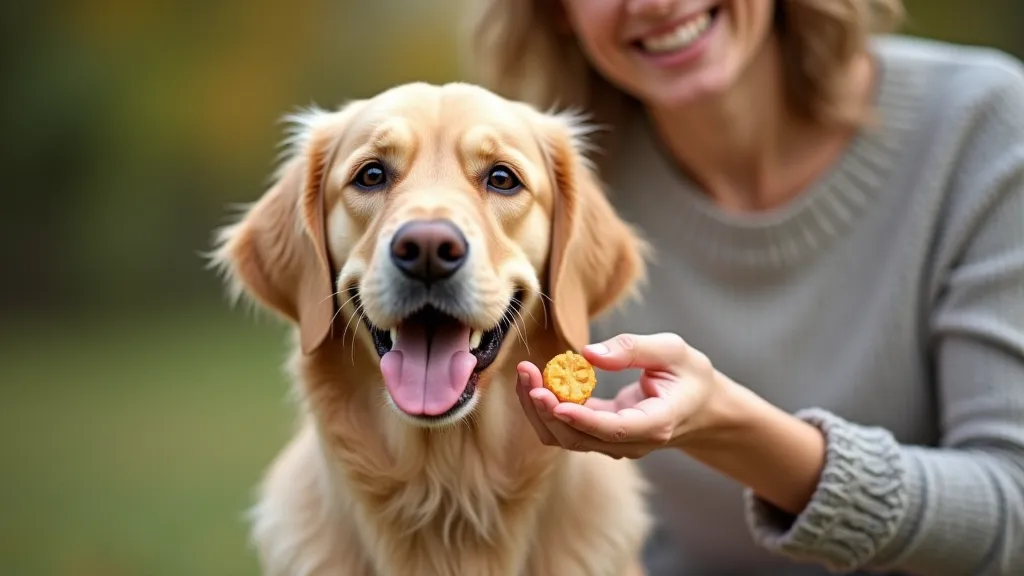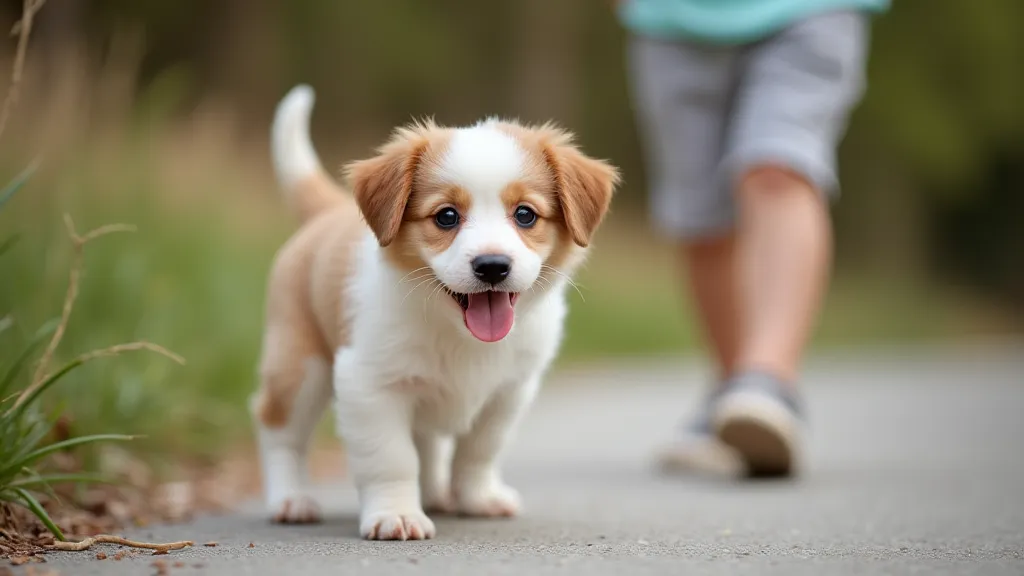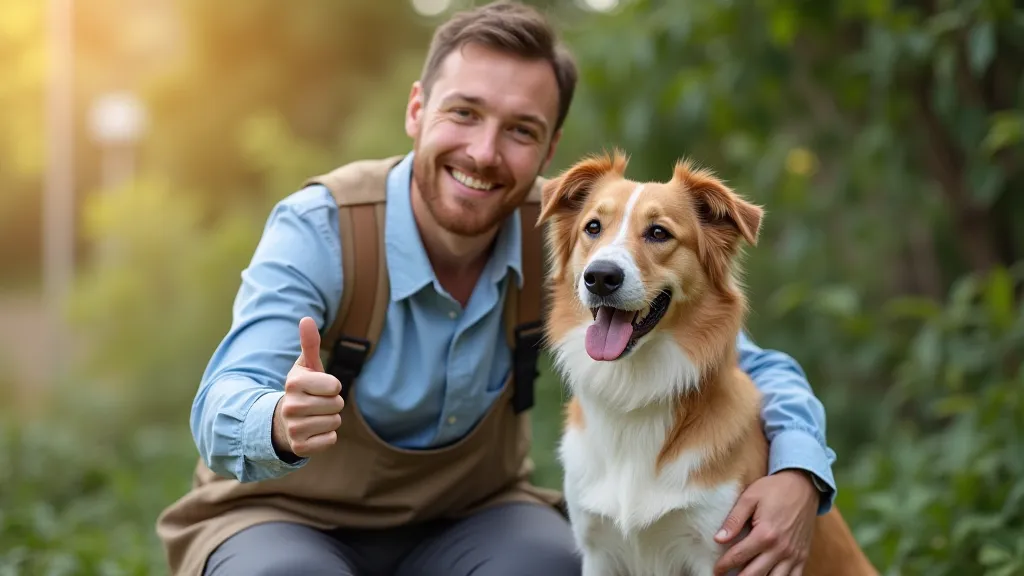Positive Reinforcement Dog Training: Rewarding Good Behavior
Dog training doesn’t have to be a battle of wills. In fact, building a strong bond with your dog and successfully teaching them good manners is best achieved through positive reinforcement. This method focuses on rewarding desired behaviors, making learning fun and motivating for your furry friend. It’s a far cry from outdated, punishment-based techniques that can damage your relationship and create fear or anxiety in your dog. Understanding the nuances of puppy behavior is key to effective training, and for new puppy owners, a deep dive into the ultimate guide to puppy training can be incredibly beneficial. The early stages of puppyhood are crucial and setting a foundation through positive reinforcement will benefit your dog for life.
What is Positive Reinforcement?
At its core, positive reinforcement means adding something your dog enjoys (a reward) immediately after they perform a behavior you want to see repeated. The reward motivates them to repeat that behavior again. This can be anything your dog finds valuable – treats, praise, toys, or even a scratch behind the ears. The key is to identify what motivates *your* dog specifically. What works for one dog might not work for another. For breeds like the Golden Retriever, with their eagerness to please, positive reinforcement often proves exceptionally effective - you can learn more about their breed-specific traits in our breed profile. It’s really about finding what motivates them most – for some, it’s a tiny piece of cheese; for others, a few seconds of enthusiastic praise.

Key Components of Positive Reinforcement
Getting Started: Simple Training Exercises
Let’s look at some simple exercises to illustrate positive reinforcement in action:

Dealing with Unwanted Behaviors
Positive reinforcement isn’t just about rewarding good behavior; it’s also about managing unwanted behaviors. Instead of punishing your dog (which can create fear and aggression), redirect their attention to a more desirable action. For example, if your dog is chewing on furniture, offer them a chew toy and praise them when they choose it. This redirection is more effective than punishment, which can breed resentment. It’s also important to consider the underlying reasons for unwanted behavior – are they bored, anxious, or seeking attention? Sometimes, a little more exercise or mental stimulation can make a world of difference. Understanding the 'why' behind the behavior is half the battle.
Positive Reinforcement for Puppies
Puppies benefit enormously from positive reinforcement! It’s the ideal foundation for their development. Early socialization and basic obedience training, all built on rewards and praise, will set your puppy up for a lifetime of good manners and a strong bond with you. It’s crucial to establish these positive habits early on, before bad habits become ingrained. Puppies are like sponges – they soak up everything around them. Consistent and rewarding interactions build trust and understanding. Addressing issues like house training your dog with positive reinforcement can significantly reduce stress for both you and your puppy. Creating a positive early environment is an investment in their future happiness and your peace of mind.
The Benefits of Positive Reinforcement

Troubleshooting Common Training Challenges
Even with positive reinforcement, you might encounter challenges. Here are a few common issues and how to address them:
- Distraction: If your dog is easily distracted, start in a quiet environment and gradually introduce distractions. Consider using higher-value rewards to keep their attention.
- Lack of Motivation: Experiment with different rewards to find what truly motivates your dog. Sometimes, a change in routine or a new toy can reignite their interest.
- Inconsistency: Ensure that everyone in the household is using the same commands and reinforcement methods. A family training session can help ensure everyone is on the same page.
Advanced Positive Reinforcement Techniques
Once your dog has mastered the basics, you can explore more advanced positive reinforcement techniques to further refine their behavior and strengthen your bond. Here are a few options:
- Shaping: Rewarding successive approximations of the desired behavior. This involves breaking down a complex task into smaller steps and rewarding each step along the way.
- Capturing: Rewarding spontaneous behaviors that you want to encourage. This involves paying close attention to what your dog does naturally and rewarding those behaviors when they occur.
- Clicker Training: Using a clicker to mark the exact moment your dog performs the desired behavior. The clicker sound becomes associated with a reward, creating a clear signal for your dog. It’s a wonderfully precise way to communicate exactly what they’re doing right.
Conclusion
Positive reinforcement is a powerful and effective way to train your dog. By focusing on rewarding good behavior, you can build a strong bond, improve obedience, and create a happy and well-adjusted companion. Remember to be patient, consistent, and always celebrate those small victories. It’s a journey that will strengthen your relationship and bring years of joy for both of you. It’s more than just training; it’s about building a loving partnership with your canine friend. Consider resources like our profile on Golden Retrievers or consult a professional dog trainer for personalized guidance.





